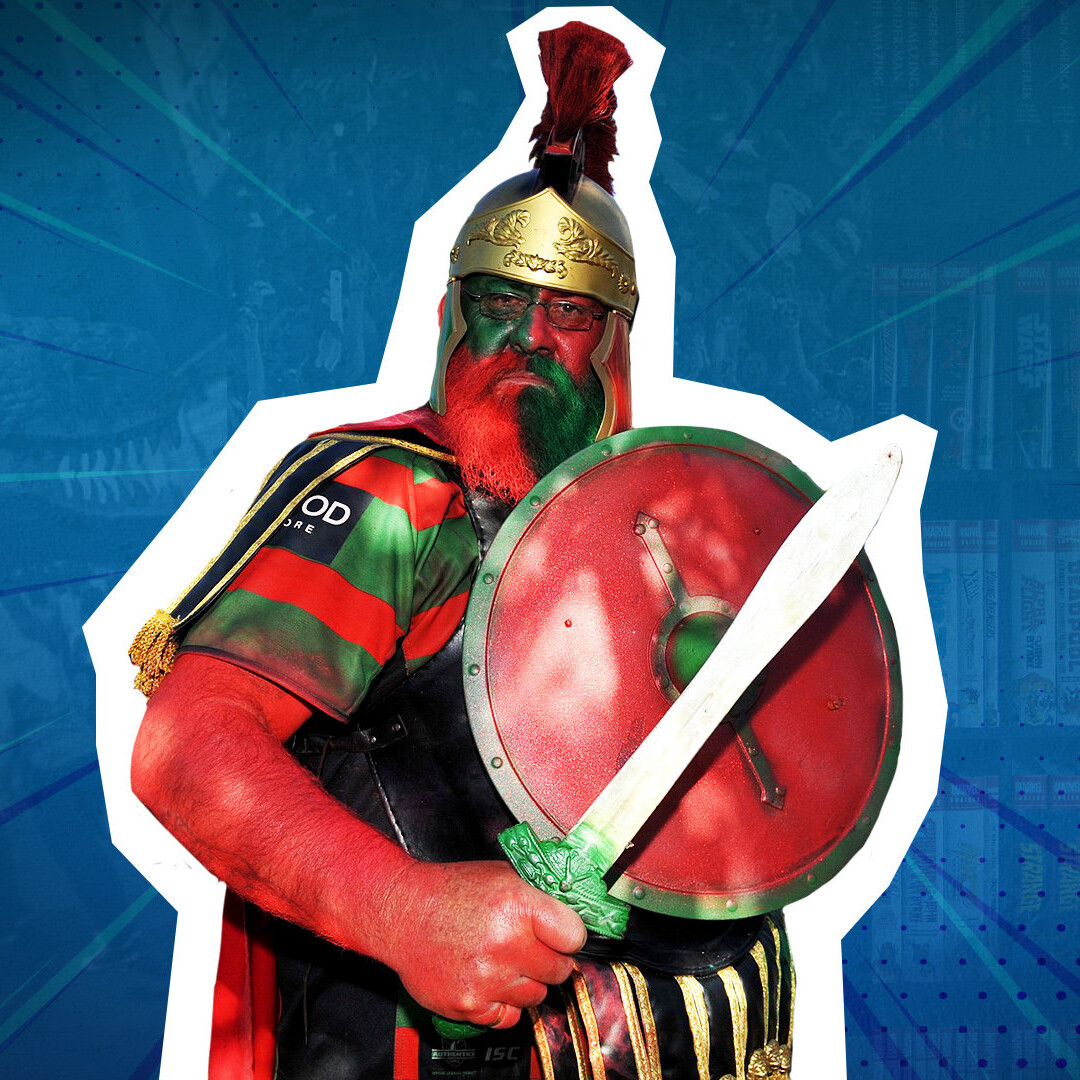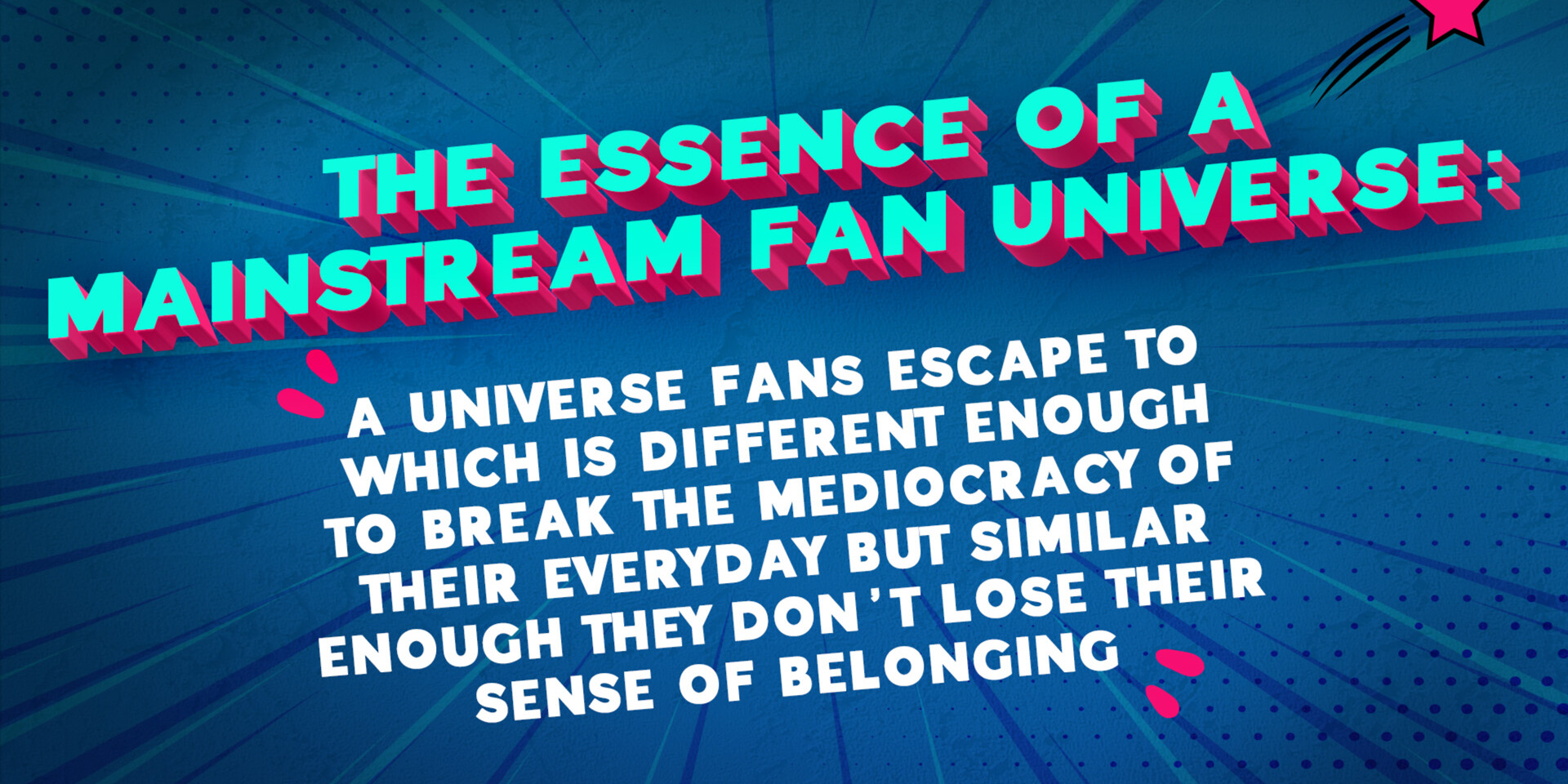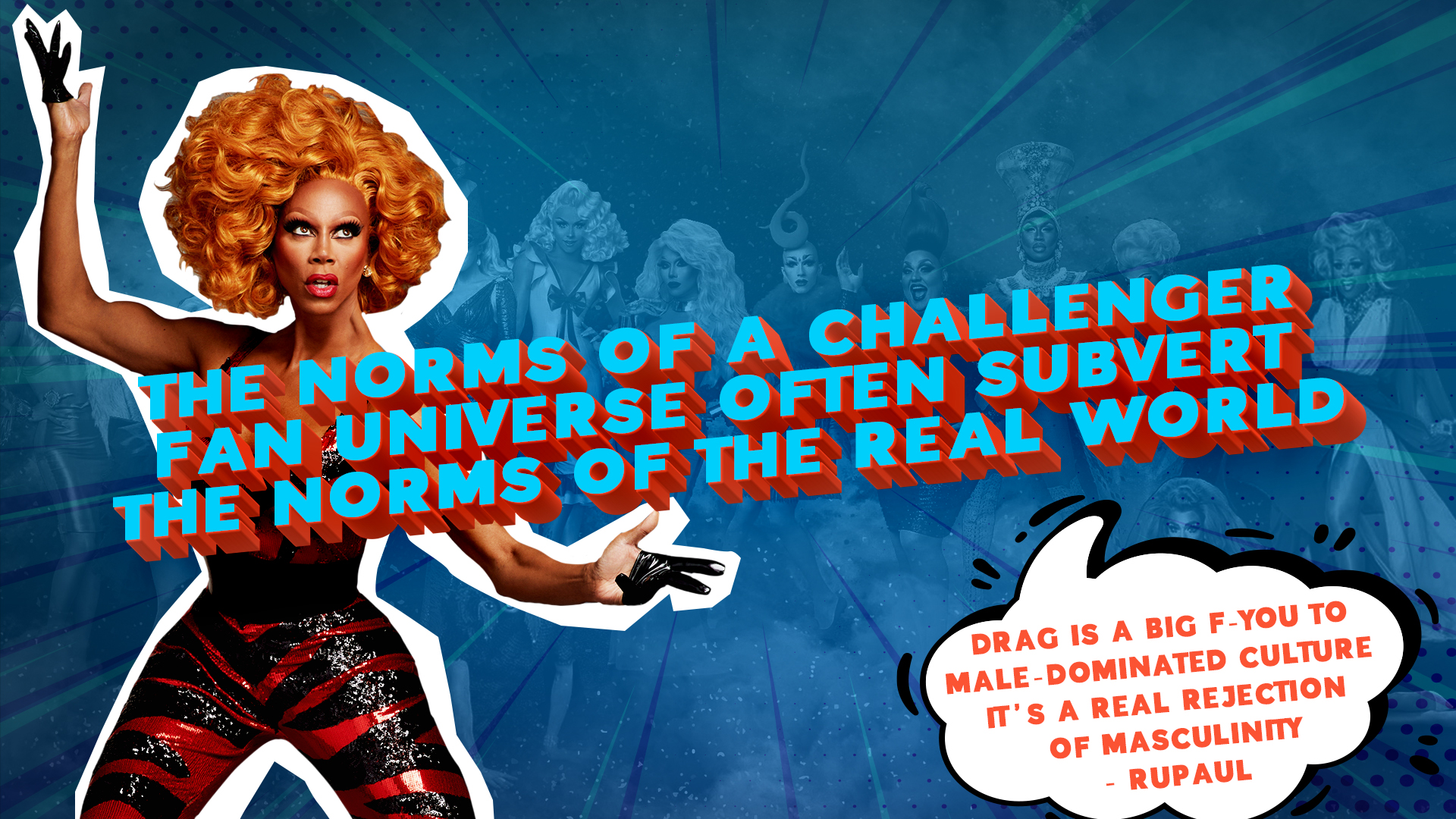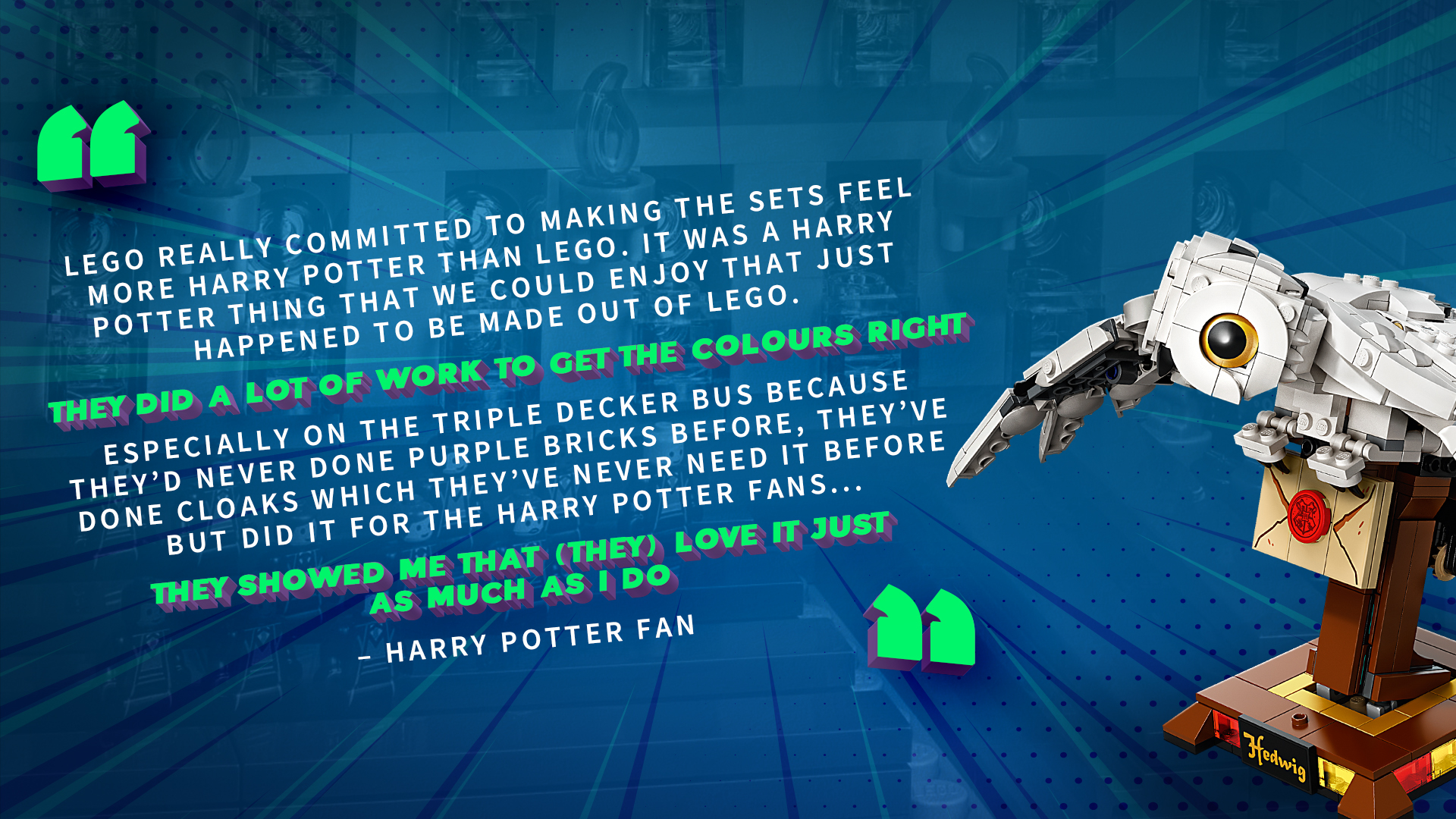

At Nine we create content that is inspired by culture, and in turn we believe our content inspires culture. Our latest addition explores how can brands harness the power of fandom as part of their marketing mix.
From the Beatles to Game of Thrones to One Direction to the NRL, the concept of fandom lives across generations and geography and is today an industry worth $4.3 billion in Australia.
The fan can be an ultimate goal for marketers – having customers who are deeply committed to your brand and proactively go out into the world to share it. But can a brand itself ever truly achieve fandom, or is its place in culture to connect with customers through other types of fandom?
“E-fan-gelism” explores the different types of fandom in Australian culture: what it is to be a fan and create a fandom, and how brands can use the cultural phenomena of fandom to grow their business.

How we did it
So we set out to explore this cultural phenomenon across 35 different fandoms in Australia, interviewing over 1,300 Australians. Here’s how we did it…



Our Findings
Our extensive fan research generated a lot of insight and information around fandom as a cultural phenomenon… here is a little of what we found out…
THEME ONE:
The fan is a special breed of person
The word fan derives from the concept of fanaticism – which is marked by excessive enthusiasm and intense critical devotion
But fandom cannot happen alone, as our fan expert Dr Catherine Driscoll explains, fandom isn’t just about taking pleasure in your enthusiasm for something alone, fandom, by nature, is something shared, something that happens between people, people who share this same enthusiasm. It is the energy they create between one another.
There are 3 key ingredients that make a fan. A fan will...

Participate
Fans don’t just consume, they contribute and share in fandom is sharing and taking pleasure from the shared enthusiasm around this…

Invest
Fans embrace more than the source material of their fandom with time and money

Dedicate
Fans devote themselves through thick and thin
Let’s meet some Australian fans:
THEME TWO:
Mainstream fandom – a fantasy I can see myself in
Mainstream fandoms are defined by their popularity and social acceptance
- Mainstream fans are 20% more likely to know a lot of people who are fans of the same thing (vs. Challenger fans)
- Mainstream fans are 70% less likely to be made to feel abnormal because of their fandom (vs. Challenger fans)

“With my husband and my kids… We’ve got groundhog day going everyday. MAFS is my thing, for me, because you devote your whole life to your children, the house, and all the boring stuff. This is my one thing that takes me out of that world, let’s my mind go into this world”.
— MAFS Fan

THEME THREE:
Challenger fandom – realer than reality
Challenger fandoms are less popular and less socially accepted – but they represent an incredible powerful space for their fans – and make up a sizeable cohort of the Australian fan base. 1 in 3 Australian fans are Challenger fans.
The norms of a Challenger fan universe often subvert the norms of the real world.

THEME FOUR:
A fandom’s value lies in its value
Each fandom is born from a core value and 78% of fans say they are fans of two or more things…
The logic between a fan’s different fandoms may not be as obvious as we first think.
There is a logic but it is based on the core value that sits at the heart of a fandom, not the expression such as a pop group, or tween novel. It’s about the fandom’s underlying meaning, not the how it shows up in culture.

THEME FIVE:
From brand fandom to the brand fan
A brand can be a fan and they can connect with valuable customers through fandoms.
A brand needs to exhibit the 3 core ingredients of fandom – participation, investment, dedication – plus one extra ingredient – alignment – showing they have a genuine link to the underlying core value of the fan universe – otherwise their presence in the fan world will be seen as exploitative…




